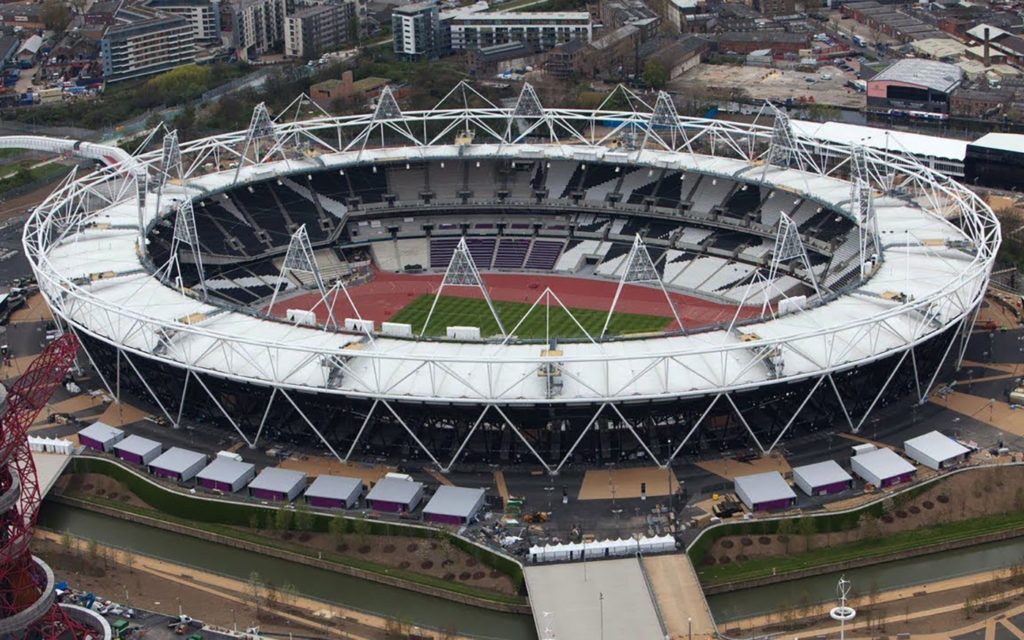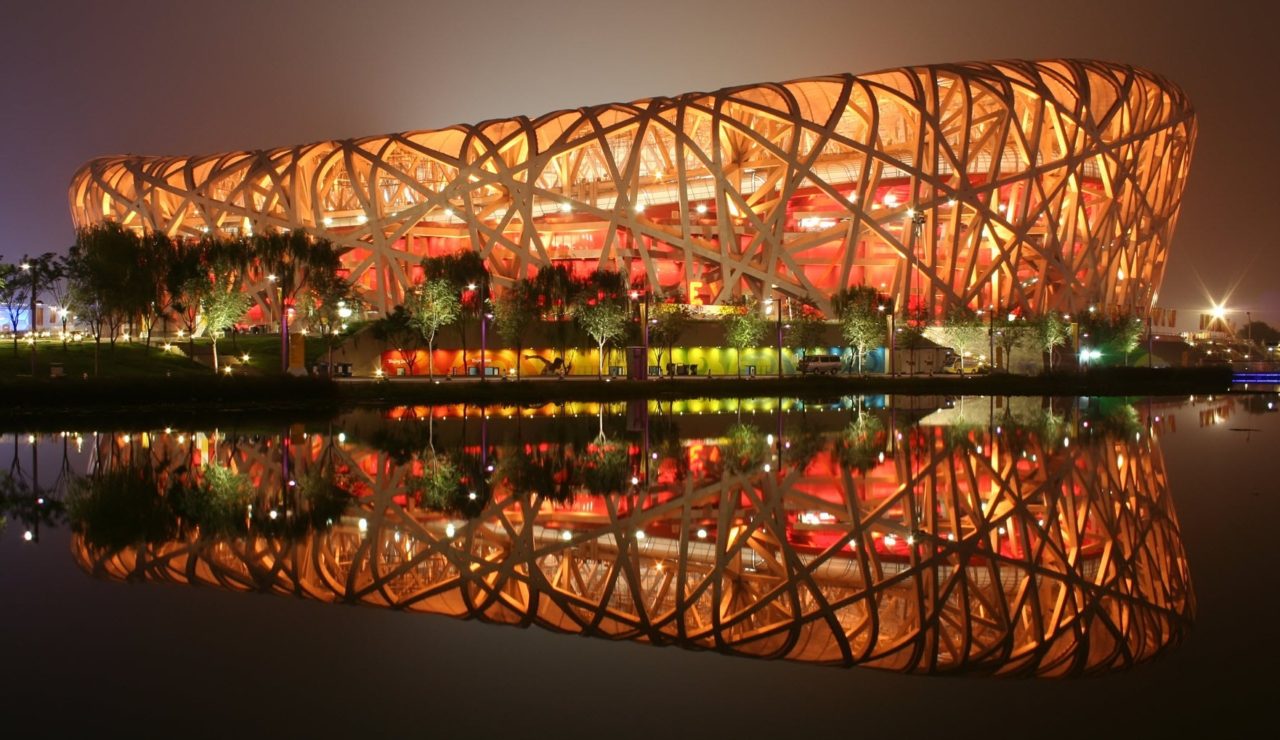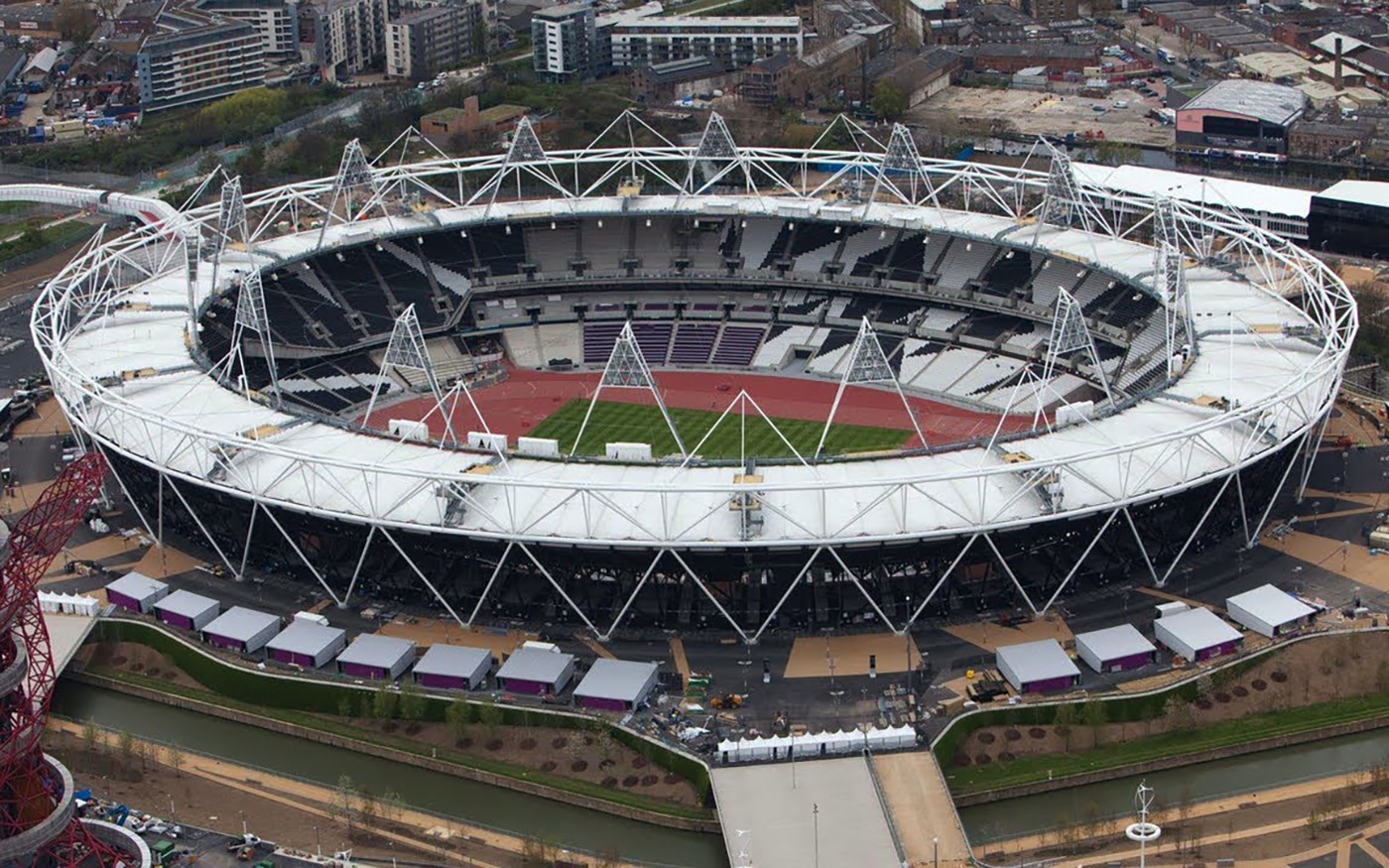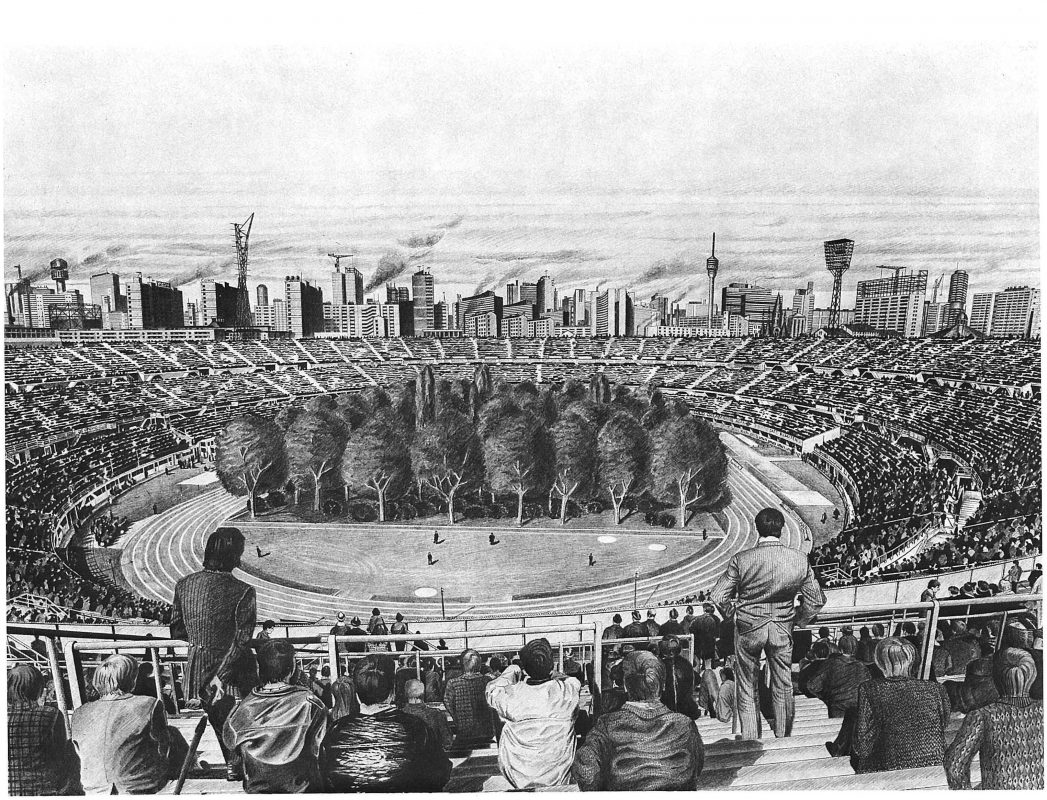

A stadium is at the heart of a city’s team and it is integral that it is something fans are proud of.
Personally, the stadiums which best achieve this are constructed in a way that stays true to a place’s cultural identity. The Ras Abu Aboud stadium in Qatar is made of shipping containers, a nod to the country’s thriving seafaring trade conducted over centuries on the waters of the nearby Gulf of Persia.
The National Stadium in Beijing resembles a bird’s nest, an expensive east Asian delicacy, the pattern of which is often found on Chinese porcelain bowls.

In the USA, MBL team the Miami Marlins (a marlin being a type of fish) interpreted “cultural identity” as a 20m long fish tank around the balling field. Unsurprisingly, a baseball player batted a ball into the tank and shattered the glass.
Joking aside, generally, the built environment not only exists to serve a function, but also to be beautiful and have meaning. More recently there has risen a requirement which is especially pressing for stadiums: “Sustainability.”
Mega-sporting events have detrimental environmental consequences. To name but a few, such consequences include illegal landfill sites for construction materials, bare stretches of forest made into alpine ski slopes, and displaced animals whose homes were slashed and burned to make a stadium. In both their construction and general usage, sports stadiums themselves exacerbate this effect. Such projects often fail to use recycled or local products that could reduce their environmental impact. Additionally, gathering thousands of vehicles in one location like a stadium worsens an area’s traffic and traffic-related air pollution because of the use of both construction and personal vehicles of stadium attendees and employees. Furthermore, as teams build larger stadiums to allow more people to attend and to increase team revenue, more amnesties and restrooms are required. This results in millions of gallons of water being consumed simply for day-to-day operations.
Such events highlight the inequality between the poor and wealthy within a country, as well as the inequality between humans and nature. Thus, stadiums have the responsibility to reverse and eradicate the negative effects perpetuated.
Here in London, we can boast that the 2012 Olympic Games was the greenest to date, because our greenhouse gas emissions “only” amounted to 3.3 billion tonnes. The way we managed to achieve this was through innovative architecture and a long-term plan.

The Olympic Stadium, for example, used surplus gas supply pipes to construct the top ring of the venue, reducing construction costs and reducing the amount of plastic going to landfills. The Velodrome, meanwhile, was built with 100% sustainably-sourced timber, and the Copper Box was covered with recycled copper and helped reduce water use by 40% through recycling rainwater.
But what is more impressive than this is that even after the few weeks of sporting thrill and national glory, we managed to create and retain something incredibly valuable, sought-after and globally scarce. We managed to create Olympic venues which are still used by the public to this date and not simply abandoned after all the fans leave.
As new stadiums constantly spring up across the globe, teams have an opportunity to utilize the latest advancements in conservation technologies and innovation in the construction of their stadiums, be it at the next stadium to open or one that opens past our generation’s lifetime. Investing in green technology not only helps the community environmentally, but also assists local economies through the creation of green jobs. If we are to be truly serious about environmental issues, we must convince these sports organizations to harness their tremendous power into creating greener stadiums. And it is in this way that we have a chance of winning, not losing, against climate change.
I leave you with this 1970 drawing called the “Unending Attraction of Nature” by Max Peitner which shows spectators watching nature as they would a football game. [1]
